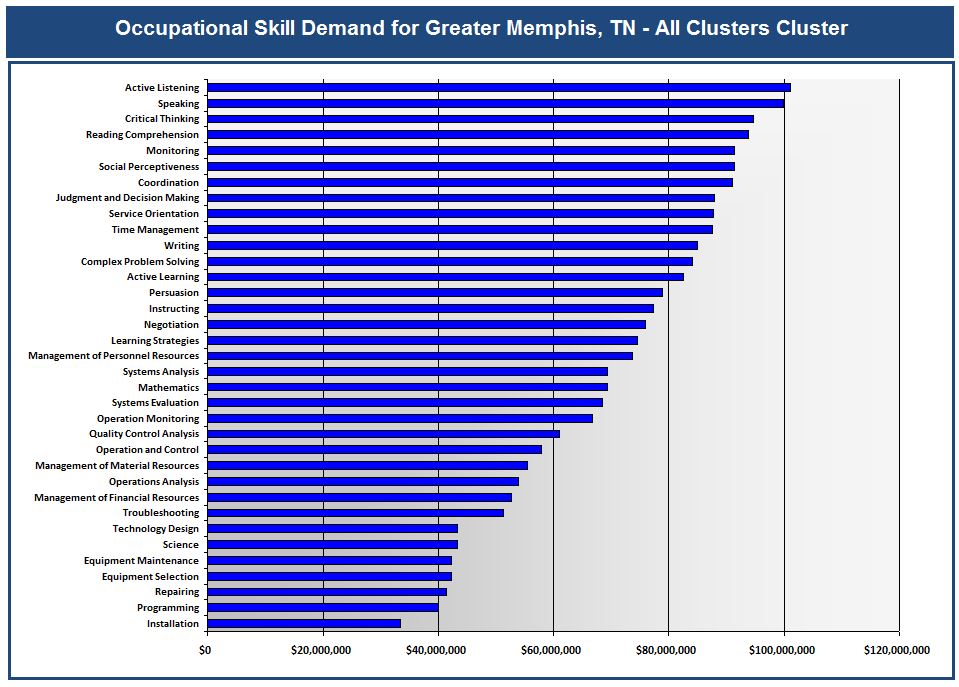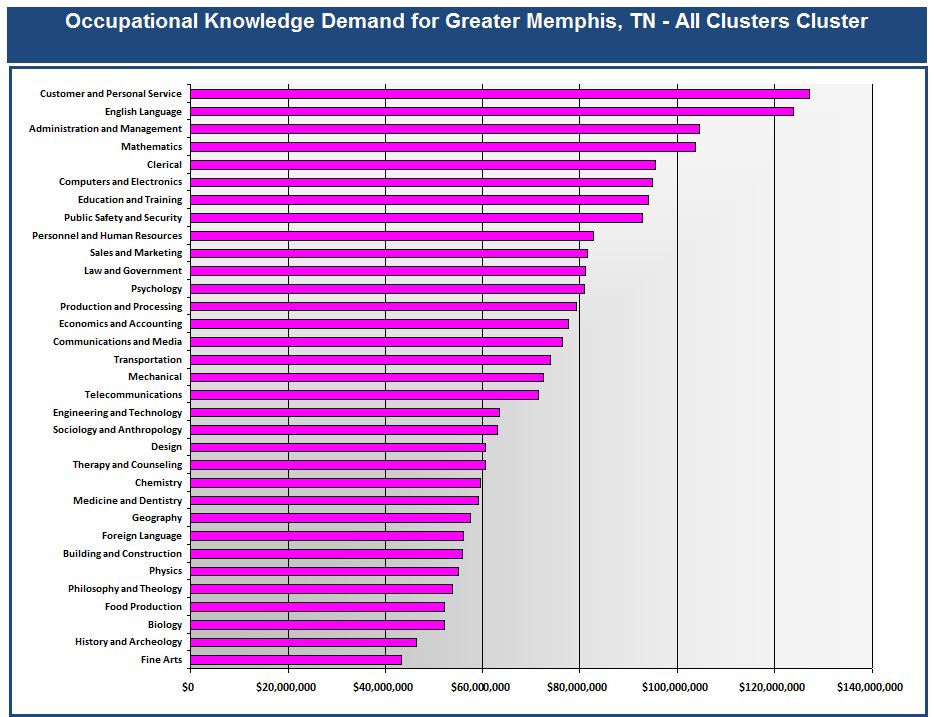Commissioner Edmund Ford pulls out a win for all with funding for Junior Achievement(JA) apparently with the help of the Shelby County Administration in Mayor Lee Harris and Dr. Cedrick Gray. JA provides a research based approach to relevantly help educators connect students with their career futures through classroom curriculum and volunteers from the public and private sector.
Earlier in 2017, Ford, while in City Council, was scratching his head wondering about the challenge of unfilled jobs. Apparently, not knowing the workforce development system had been botched from the top of the ecosystem, Ford launched an inquiry, which for some reason was obstructed from completion by probably the bully hacks who have already cost taxpayers millions and local business perhaps billions. Its not like Ford once he sets out to do something to suddenly stop unless its the insurmountable and typical obstruction of Memphis progress in the bully hacks. But Ford persisted which is a win for us all.
This is significant, as recent local efforts to connect workforce development efforts lacked a research base or curricular approach to workforce readiness efforts in the K-12 space. The national landscape is dotted, with failed business-education partnership initiatives, due in large part, to the lack of formal entry point for employer engagement into daily instructional practice. Ford, Harris and Gray saw this entry point gap and worked to fill it with a research based curriculum scope and sequence that accommodates employer engagement while addressing entrepreneurship, economics, financial literacy and work readiness. [This is also significant because it demonstrates what should have already happened on the economic development front where real progress has not materialized under the bully hacks. County Commissioners were all warned about this probability.]
All of the above are desperately needed locally with entrepreneurial education filling a needed gap to address small business creation and economics education away from Memphis corporate socialism. Fred Smith and Pitt Hyde perhaps need to go through the JA economics module. That might help us all out.
As with any curricular program, there are gaps that could perhaps be filled in JA’s workforce readiness programming as it pertains to common language development and career planning. But more on that later as we examine the exciting results of the JA program.
Junior Achievement (JA) Results
Volunteerism – JA research support materials provide a value proposition for individuals to volunteer in support of JA programming. The results include:
- 68% of JA volunteers have previously worked with JA, 85% of first timers want to volunteer again and a 99% of JA volunteers would recommend JA to colleagues or friends.
- Improved employee recruitment and retention – especially among Millennials
- Increase volunteers’ perception of their own company and the company’s leadership team
- Help employees feel healthier in terms of lowered job stress, increased sense of purpose, and a sense of life enrichment
- Increase employee engagement as measured by workplace satisfaction and corporate loyalty
Student Outcomes: JA research includes a scientifically valid sample of more than 700 JA Alumni out of 100 million who have been through JA programming since its 1919 founding. The results include:
- 93% of JA Alumni have a high school equivalency recognition, 42% have a four year post-secondary degree and 20% have an advanced degree compared respectively with the general population of 88%, 32% and 12%.
- 62% of JA Alumni are working in management status or above positions, 33% credit JA with influencing their career choice and 20% work in the same field as their JA volunteer instructor while 88% of JA Alumni report being satisfied with their career choice compared with 49% of the general population according to the Conference Board.
- 90% of JA Alumni are confident in their ability to manage money while JA Alumni paid off student loans in 10 years compared with 21 years for college graduates.
- 34% of JA Alumni are involved in business ownership compared with 14% of Americans.
- JA Alumni make 20% more in household income than the general population
Unfortunately, this powerful JA programming will only be available to 11,000 students in Shelby County. In order to connect the workforce development system, relevant career readiness and employer demanded programming is needed throughout the local educational system as supported with common language and career planning for all students.
Implementation and Connected Workforce Development Programming
As with any program such as JA, implementation will be key to connecting students with career pathways and the workforce development system. For whatever reason and without course correction from the top of the ecosystem, implementation suffers in Memphis across the board. But in regards to occupational skill readiness programming, ACT WorkKeys, after a major local announcement, was never widely implemented in conjunction with common language development and career planning.
While it is unclear in the provided JA scope and sequence, it would seem that somehow regular interest and work preference profiles could be annually administered in middle and high schools to inform student high school / career decision making and planning within the JA and/or the standards aligned academic curriculum. This is important as students’ interests routinely change.
Further, common language needs developed to connect the workforce development system which can occur through the publication of data and the administration of occupationally aligned skills assessments such as ACT WorkKeys. Educators generally as well as JA educators and volunteers need to know discrete knowledge and skills demanded by the overall workplace and specific career clusters to inform employer demanded instruction.
In addition to the JA curriculum, employer demand data helps with common language development between educators and employers. ACT WorkKeys helps communicate individual and regional career readiness levels using common language to employers and prospective companies for economic development recruitment purposes. And a centralized job board that everyone is already using, such as Indeed, would help effectively measure and promote current job openings.
To that extent, below is a employer skill and knowledge demand data based on projected openings per Jobs4TN in the Greater Memphis Area for 2026 using the world leading O*NET database for all jobs. The below data is also cross referenced with wage data to inform a return on investment deployment of career pathways within the context of JA and career readiness programming. The same data can be provided based on any of the 16 career clusters. And there is more data as it relates to career pathways supply and demand.
Conclusion
Ford’s leadership and Shelby County Administration’s support for JA programming is a significant step forward in connecting the workforce development system. Implementation will be key while a connected workforce development system supported by common language, regular interest assessments and career planning are needed for all students to fuel talent retention and development for economic development purposes.
At the same time, if there is to be a vibrant small business economy in Memphis, policy reform needs to occur away from corporate socialism that will accommodate JA grads success in the local economy. And while the bully hacks may not want to educate resident population so that they can continue to feed on the taxpayer unchecked, without policy and bully hack culture reform, JA grads will leave to thrive elsewhere…..



